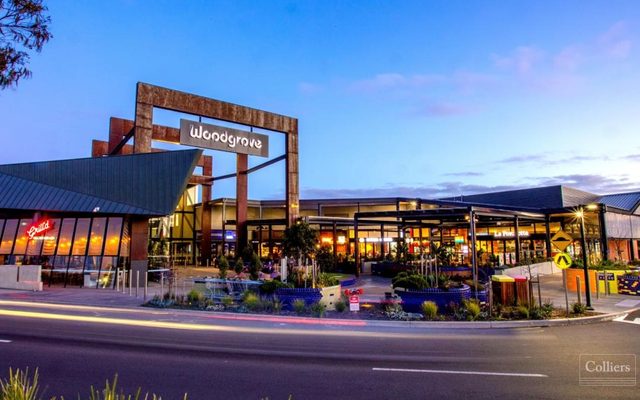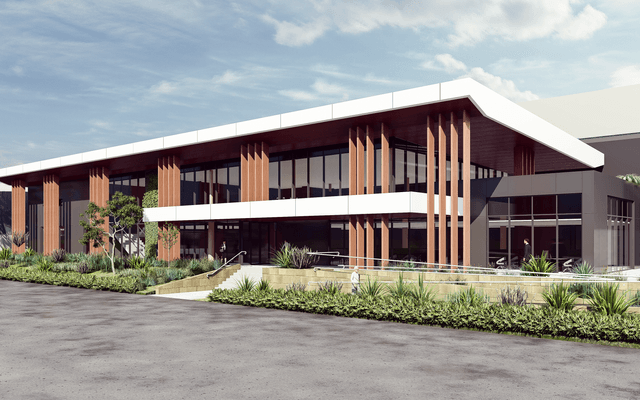This article is from the Australian Property Journal archive
NEW apartment developments are underpinning Melbourne’s strongest retail precincts as the vacancy rate amongst its top 10 strips continues to fall, according to new Savills research.
It found the overall vacancy throughout the top 10 shopping precincts has fallen from 9.5% to 7% over the four years from May 2012, from 253 shops to 184 shops.
Glenferrie Rd, Hawthorn vacancies have come back from 4.8% to 2.1% in that time to give it the number on position, followed closely by the perennially strong Church St, Brighton at 2.3%, up from 1.7% four years ago.
The transitioning Bridge Rd strip languished at number 10 with 13.6% vacancy, with the top 10 strips averaging six% excluding the outlying Bridge Rd.
Savills Victorian research manager, Monica Mondkar, said that while vacancy in some strips remained high, the most vibrant retail and entertainment precincts outside of the CBD were doing well and could look forward to continued growth as Melbourne’s inner suburbs recorded double digit population growth.
“Some strips, such as Bridge Rd, have struggled in recent years but that has been more to do with tenancy mix and a lack of local government initiatives,” she said. “Retailers in the most popular strips, such as Chapel St, South Yarra and Toorak Rd, Toorak can generally now look forward to tighter vacancy with stronger fundamentals underpinned by the massive influx of residents to new apartment developments,”
Mondkar said retailers in strips with a mix of retailers that has failed to attract consumers and a lack of effective government support would be left behind.
Of the 2,620 shops surveyed, the largest increase by category was seen in cafés, restaurants & takeaway food services, which went up by 20% from 484 shops to 581 shops. Services increased 12%, from 545 to 612 shops, and clothing, footwear and accessories was up 15% to 663 stores.
Savills director, retail services, Michael Di Carlo said the increase of 186 new stores in food and beverages and services retailing correlated with the dramatic growth in the number of apartments.
“Population growth has been the key to the growth in these sectors, and these are the sectors which cater for the most immediate needs of local residents. The decrease in fashion-related stores, on the other hand, may be about the competition from national and international brands along with a preference for that type of shopping elsewhere, including the CBD or the larger enclosed centres,’ he added.
He said yields around 3.5% to 4.5% are now much more common as competition for suburban strip retail increases between small investors, the emerging buying class of SMSF and record-low interest rates.
Rents for strip shops in the best locations generally ranged between $800 and $1,200 per sqm.
Australian Property Journal




